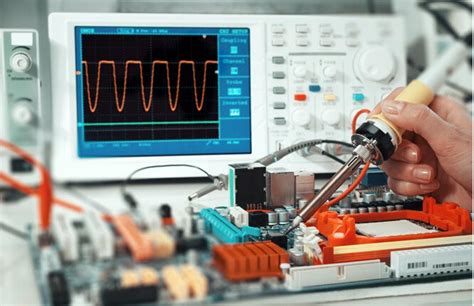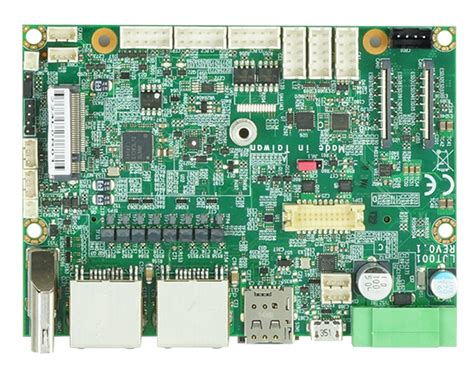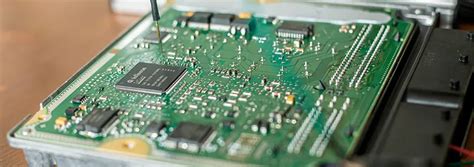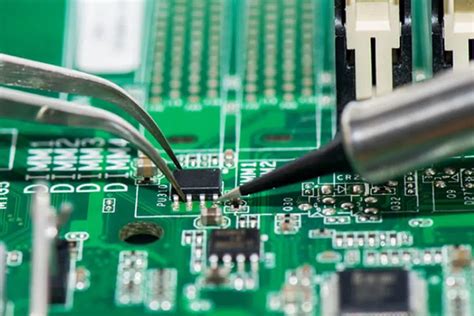Mastering 4PCB Assembly for Superior Electronics Performance
Key Takeaways
Mastering 4PCB assembly involves understanding the intricate balance between technique and precision. By delving into the fundamentals, one can grasp the significance of pcb assembly in achieving superior electronics performance. A critical element within this realm is the role of best practices, which ensure that each step in the pcba process is meticulously executed for maximum efficiency and reliability. Equipped with the right tools and knowledge, those who engage in 4PCB assembly can effectively troubleshoot common challenges, leading to enhanced end products. Embracing quality control measures also plays a pivotal role in securing reliable outputs. As technology advances, staying informed about future trends will be essential for maintaining a competitive edge in electronics assembly. The fusion of innovative techniques and careful quality management will ultimately define a successful approach to pcb assembly, positioning projects for optimal functionality in an evolving marketplace.
Introduction to 4PCB Assembly: Understanding the Basics
In the rapidly evolving world of electronics, 4PCB assembly has emerged as a crucial technique for achieving robust performance in various devices. At its core, pcba involves the meticulous assembly of printed circuit boards where complex electronic components are mounted to ensure optimal functionality. Understanding the fundamentals of 4PCB assembly can significantly improve the efficiency and reliability of your electronics projects.
One of the essential aspects to grasp includes recognizing that every component, from capacitors to microprocessors, plays a vital role in the overall performance. As such, mastering precise placement and connection of these components is paramount. It is also essential to be familiar with common terminologies and methods associated with pcb assembly, enabling smoother communication among team members and aiding in troubleshooting.
“An informed technician is a successful technician.”
Employing best practices such as maintaining cleanliness in your workspace, checking for component compatibility, and adhering to recommended soldering temperatures can greatly influence the end results. Each step in the pcba process is interlinked; thus, a thorough understanding will lead to fewer errors and enhanced reliability. Adopting these foundational principles sets the stage for more advanced techniques discussed later in this guide, ultimately helping you navigate through complex 4PCB assembly processes with confidence.
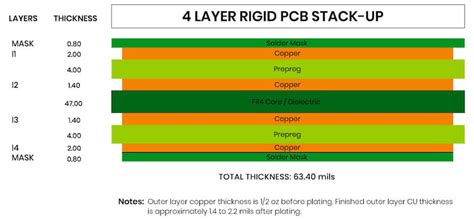
Key Techniques for Effective 4PCB Assembly
When embarking on 4PCB assembly, understanding the various techniques is essential for achieving high-quality results. One important technique is effective component placement. Accurate placement minimizes errors and ensures components fit properly on the board, enhancing both functionality and reliability. Utilizing a pick-and-place machine can significantly speed up this process, providing precision that manual methods often lack.
Another critical aspect involves the use of soldering techniques. Whether opting for wave soldering, reflow soldering, or hand soldering, each method has its advantages and should be chosen based on the specific requirements of the project. Reflow soldering, for instance, is particularly advantageous for surface-mounted devices (SMDs) as it allows for more reliable connections and minimizes thermal stress.
Additionally, maintaining an organized layout design is crucial. A well-planned layout can prevent signal integrity issues and electromagnetic interference (EMI), further enhancing the performance of the electronics. Careful attention to trace width and spacing is necessary to accommodate current loads safely.
| Technique | Description | Benefits |
|---|---|---|
| Component Placement | Accurate positioning using machines or manual methods | Minimizes errors, faster assembly |
| Soldering Techniques | Methods like wave or reflow soldering | Reliable connections |
| Layout Design | Structured arrangement of components | Prevents interference |
By mastering these key techniques in pcba, you’ll be well-equipped to produce superior assembly that not only meets but exceeds performance expectations in your electronic projects.
Best Practices for Enhancing Electronics Performance
To achieve superior performance in 4PCB assembly, it’s essential to adhere to a set of best practices that ensure the efficiency and reliability of your projects. First and foremost, ensuring that the pcba undergoes meticulous design verification can mitigate potential issues later in the assembly process. Utilizing advanced simulation software allows engineers to preemptively identify and rectify design flaws. Furthermore, selecting high-quality components is crucial; using reliable materials not only enhances performance but also contributes to the overall longevity of the assembled product.
In addition, maintaining a clean assembly environment is vital for successful pcb assembly. Dust and contaminants can compromise connections, leading to malfunctions that undermine functionality. Regular training for staff on assembly techniques fosters a culture of precision, where each team member understands their role in maintaining high standards. Consistent application of soldering techniques also plays a pivotal role in forming solid connections—consider using automated soldering solutions to ensure uniformity across all units.
Finally, after assembly, rigorous testing protocols should be implemented as part of your quality control measures. This includes functionality checks and stress tests which validate the integrity of the pcba under various conditions. Adopting these best practices not only guarantees optimal functionality but also enhances overall reliability, solidifying your project’s reputation in a competitive market.
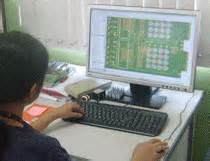
Tools and Equipment Essential for Precision Assembly
To achieve optimal results in 4PCB assembly, having the right tools and equipment is indispensable. The heart of any effective pcba process lies in precision tools like soldering irons, which come in various tip sizes, allowing for flexibility in handling different components. Solder paste applicators are equally important; they ensure consistent application of solder paste, ultimately affecting the quality of the solder joints. Additionally, precise pick-and-place machines streamline component placement, enhancing both speed and accuracy during assembly. A quality reflow oven helps in ensuring that thermal cycles are properly managed for every batch, maintaining integrity across temperature-sensitive components. Furthermore, investing in reliable test equipment, such as multimeters and oscilloscopes, is vital for verifying functionality during and after assembly. These instruments not only facilitate troubleshooting but also contribute to achieving a high standard of quality control—a critical aspect for ensuring a reliable output. Altogether, the combination of these tools and equipment will significantly influence the performance and reliability of your electronics projects, ensuring that your venture into 4PCB assembly not only meets but exceeds your expectations.
Troubleshooting Common Issues in 4PCB Assembly
When engaging in 4PCB assembly, several challenges can arise that may hinder the overall quality and functionality of the PCBA. One common issue is the misalignment of components, which can lead to defective solder connections. Ensuring that components are positioned accurately before soldering is crucial; utilizing a solder paste that has the right viscosity can aid in maintaining component stability during the process. Moreover, insufficient solder application can result in cold joints, so it’s essential to apply solder paste judiciously.
Another frequent problem is the presence of contaminants such as dust or oils on the board, which can result in poor electrical connectivity. Maintaining a clean working environment and utilizing proper cleaning techniques prior to assembly helps mitigate this concern. Additionally, thermal issues during the soldering process can lead to component damage or failure. It’s advisable to regularly calibrate equipment and monitor temperature profiles throughout the assembly process.
Lastly, testing each completed PCBA through rigorous inspection techniques such as Automated Optical Inspection (AOI) or functional testing is vital for identifying latent defects early on. With diligence in these areas, one can significantly enhance reliability and ensure optimal performance of assembled electronic devices.
In summary, being proactive about these troubleshooting techniques not only resolves 4PCB assembly issues but also fosters an environment for superior electronic performance across projects.
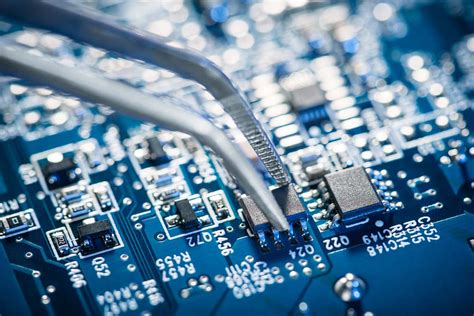
Quality Control Measures for Reliable Outputs
Effective quality control measures are critical in ensuring the reliability of pcb assembly or PCBA outputs. These measures encompass rigorous testing protocols that assess both the functionality and durability of assembled boards. Regular inspections during the 4PCB assembly process can identify potential issues early, reducing waste and enhancing overall product quality. Implementing systematic approaches such as Automated Optical Inspection (AOI) can help detect faults in solder joints and component placement, which are vital for ensuring optimal electrical performance. Moreover, a focus on adhering to strict standards, such as IPC-610, ensures that assemblies meet industry benchmarks for quality. By establishing a culture of continuous improvement and feedback within the assembly team, companies can enhance their pcba processes and maintain high reliability in their outputs. Routine audits and performance evaluations also play an essential role in fine-tuning these quality control measures, ultimately leading to superior electronics performance in 4PCB assembly projects.
This holistic approach not only boosts product reliability but also fosters customer trust by delivering consistently high-quality electronics.
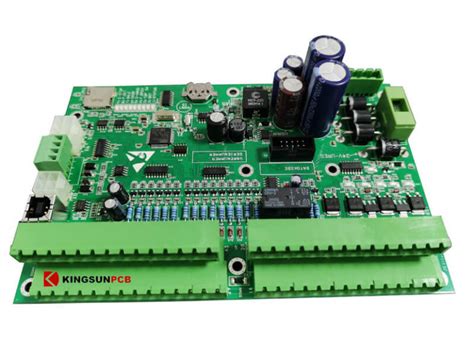
Future Trends in 4PCB Assembly Technology
As the demand for advanced electronics continues to grow, 4PCB assembly technology is evolving at a rapid pace. The integrative nature of pcba solutions is paving the way for more intricate designs, enabling manufacturers to produce multi-layer circuits that are both compact and efficient. One of the key trends is the increasing automation of pcb assembly processes, which enhances precision and reduces human error, thereby improving overall quality. Moreover, the rise of smart manufacturing techniques is incorporating Internet of Things (IoT) applications into assembly lines, allowing real-time data collection and analysis. This results in enhanced decision-making capabilities and streamlined operations.
Another intriguing trend involves the adoption of environmentally friendly materials in pcba processes. Manufacturers are now prioritizing sustainable practices, leading to a reduction in waste and a lower carbon footprint. This reflects a growing industry commitment to responsible production while maintaining high-performance standards. Additionally, advancements in simulation technologies enable engineers to model 4PCB assembly designs more effectively before actual production, thus optimizing both time and resource allocation.
Industry professionals must stay informed about these innovations as they will undoubtedly impact not only the methods used for pcb assembly but also the overall performance and reliability of electronic devices in various applications. Keeping abreast of such trends will empower engineers and designers to employ best practices that leverage these advancements for superior electronic performance.
Conclusion
In summary, mastering 4PCB assembly is essential for achieving superior electronics performance and functionality. As we explored in this guide, understanding the fundamentals of pcb assembly is the cornerstone to creating reliable products. Utilizing key techniques and following best practices can significantly enhance the quality of your projects. By integrating advanced tools and equipment designed for precision assembly, you can mitigate common issues that might otherwise impede the output quality of your pcba efforts. Moreover, implementing thorough quality control measures ensures that you consistently achieve optimal results in your assembly processes. Looking ahead, staying informed about future trends in 4PCB assembly technology will further empower you to adapt and evolve in this rapidly advancing field. Leveraging these insights effectively positions you and your projects for success, ultimately delivering reliable electronics designed to meet contemporary demands.
FAQs
What is 4PCB assembly?
4PCB assembly, or printed circuit board assembly, refers to the process of mounting electronic components onto a printed circuit board (PCB). This crucial step in electronics manufacturing ensures that devices function as intended.
What are the main components used in PCBA?
The main components typically used in PCBA include resistors, capacitors, integrated circuits, and connectors. Each component plays a specific role in maintaining overall functionality and performance of the device.
What techniques enhance the quality of 4PCB assembly?
Implementing techniques such as surface mount technology (SMT) and through-hole technology significantly enhances quality. Additionally, choosing the right soldering methods and ensuring optimal placement accuracy are essential for successful pcb assembly.
How can I troubleshoot issues in 4PCB assembly?
Common troubleshooting methods include visual inspections for improper solder connections, testing for continuity, and using diagnostic tools to identify faults. Addressing these issues promptly can prevent future performance problems.
Why is quality control important in PCB assembly?
Quality control is critical as it ensures that every piece meets specific standards. By conducting rigorous checks during pcb assembly, manufacturers can reduce errors, minimize rework, and enhance overall reliability.
For more detailed insights on effective practices in 4PCB assembly, please click here.



